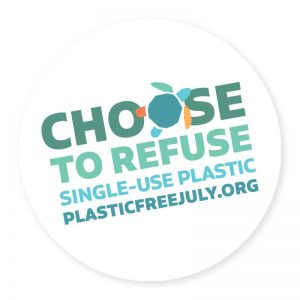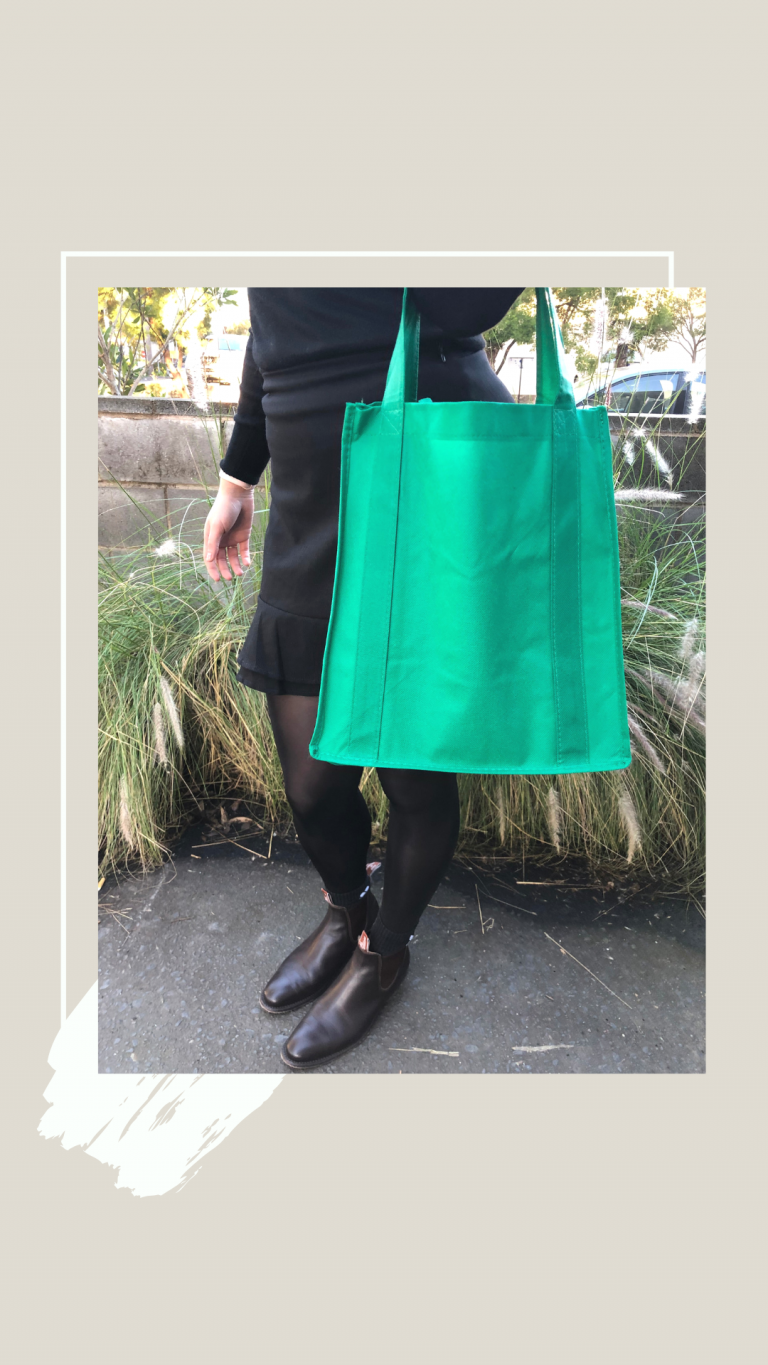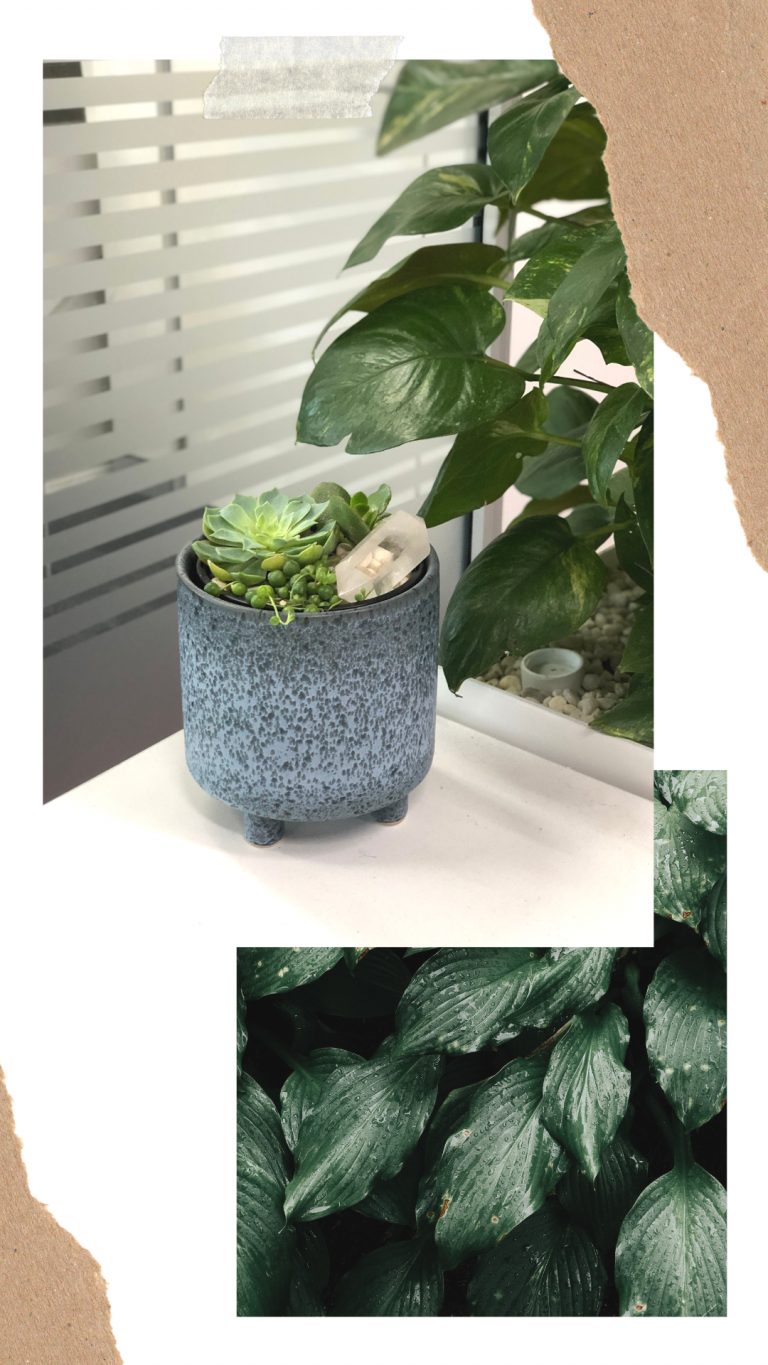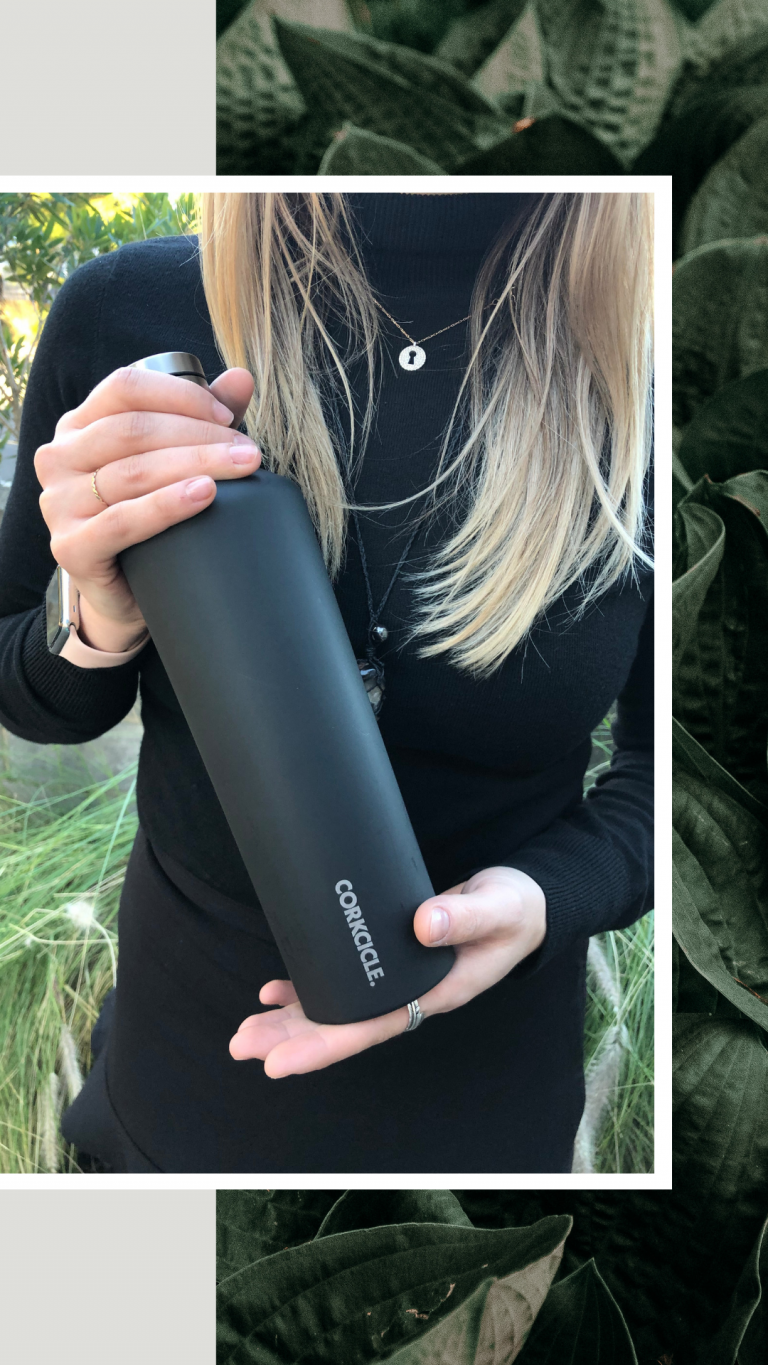If you haven’t heard of Plastic Free July before, it follows the same idea as Dry July – except instead of cutting out booze you’re cutting out plastic. So equally as tricky, but arguably more important!
According to Jeremy Brown, Founder of Ocean Protect, July is the perfect time to think about how to reduce the amount of plastic you use: “Every minute, the equivalent of one garbage truck of plastic is dumped into our oceans from stormwater and if we don’t take action now, by 2050 there will be more plastic in our oceans than fish,” he said.
Ocean Protect supports Plastic Free July as part of broader efforts to reduce plastic pollution in our oceans.
So, reducing our plastic use is now more urgent than ever. There are tonnes of small, easy changes you can make to play a part in making the world a better place. Here are 15 tips to help you go plastic free in the month of July:
1. Beeswax sandwich wraps: Beeswax, cotton or hemp wraps are a versatile food packaging system that keeps food fresh longer without using cling wrap. Not only do they reduce plastic waste, they are also a stylish way to carry your food and ensure it stays fresh.
2. Stainless steel straws: Eight million tons of plastic flow into the ocean every year, which is why more and more venues are using reusable stainless steel straws as an alternative. These straws are easy to clean, portable and they look great. Just keep one in your bag when you go out and remember to say no to plastic straws at restaurants.
3. Bamboo cleaning cloths: Bamboo cloths are a sustainable cleaning fabric to use on most surfaces in the home. The natural material has antibacterial and UV resistant properties so it doesn’t need chemical treatment. It’s also highly sustainable because the fabric is incredibly durable and can be rewashed, so it will survive long term use.
4. Reusable coffee cups: 16 billion paper cups are used for coffee every single year, which leads to 6.5 million trees cut down, four billion gallons of water going to waste and enough energy to power 54,000 homes for a year. In today’s age nearly all cafes will accept reusable cups, and some even give you a discount if you bring your own cup. So buying a reusable coffee cup is a no-brainer.
5. Stainless steel drink bottles: Plastic bottles are not biodegradable and are currently the 5th most commonly found trash item at coastline clean-ups. It also takes 450 million barrels of oil each year to produce bottled water for the globe. Buying a stainless steel drink bottle is a simple way to reduce plastic waste but also saves you money buying bottled water. Even better if you opt for insulated stainless steel – it’ll keep your water cooler for longer.
6. Stick to real plants: Buying living plants for your home and office may require more effort, but they have a few benefits over plastic plants. They look better, they pump oxygen back into the atmosphere and they help us get one step closer towards a plastic free environment!
7. BYO reusable bag: Plastic bags may seem like just another media buzzword at the moment but there’s a reason for this – plastic bags make up for a substantial amount of the world’s waste and pollution. And we’ve all seen the negative effects of plastic bags on our marine life. So follow in the footsteps of Coles and Woolworths – next time you go shopping, remember to take your own bag!
8. Buy more wholefoods: Processed foods may seem convenient, but they come with a whole lot of unnecessary plastic packaging. Wholefoods like fresh fruit and vegetables on the other hand are washable and often come in their own compostable wrapping designed by nature. They’re also better for your health than packaged, processed foods.
9. Use a handkerchiefs: The environmental footprint of facial tissues is massive. Not only do they pile up in landfills, they also come with plastic packaging. This is why it’s a good idea to take a step back in time and encourage each other to use washable handkerchiefs instead.
10. Reusable Makeup Remover Pads: The environmental footprint of facial cleansing wipes is massive. It takes over 100 years for a makeup wipe to break down in landfill*, and they also come with plastic packaging. This is why it’s a good idea to ditch the makeup wipes, and encourage each other to use reusable makeup remover pads.
11. A bar of soap can go a long way: A great trick to reduce plastic use is to use bars of soap rather than liquified bottles of soap. A soap bar will outlast two to three bottles of liquid soap, which will also save money and extra trips to the store. On top of this, many producers of bar soap strive to protect the oceans, wildlife, and ecosystems.
12. Use tea leaves instead of plastic tea bags: About 70 to 80 per cent of bags are made from compostable paper while the remaining 20 to 30 per cent contain heat-resistant polypropylene – a form of plastic. As well as environmental issues, there is potential for the plastic to have a negative impact on human health. So it is definitely worth taking the time to make a teapot using loose-leaf.
13. Use silver cutlery: This may seem like an easy one, but most of us revert to disposable plastic cutlery for picnics, barbecues and even when having lunch at the office. Like coffee cups and bottled water, plastic cutlery has many negative impacts on the environment, so stick to the silverware. Even UberEats now has the option to decline disposable cutlery!
14. Pack your own lunch: The takeaway food industry involves a high level of plastic use – from individually plastic-wrapped cutlery to the food packaging itself. Use tupperware to pack your lunch and you’ll not only be reducing single use plastic but also helping your wallet.
15. Give up gum: People around the world have been chewing ‘gum like’ substances for thousands of years. Not many people are aware but due to demand in the 1950’s manufacturers replaced the raw ingredient of gum with a synthetic product. Now chewing gum creates 100,000 tonnes of plastic pollution every year. If giving up gum is too hard, there are brands available that use chicle – a naturally occurring gum!




